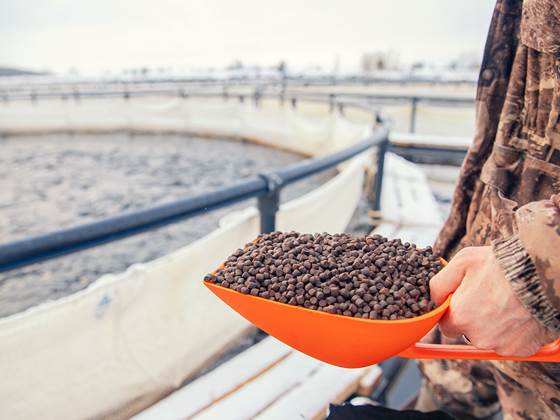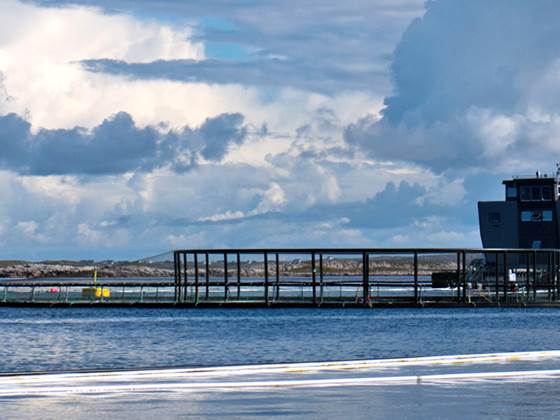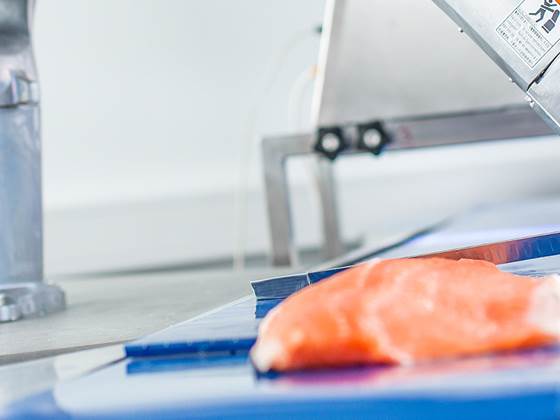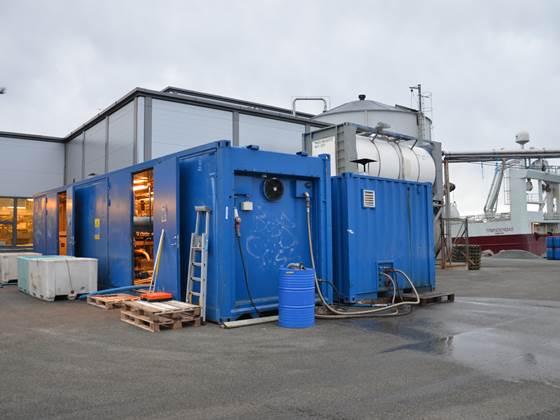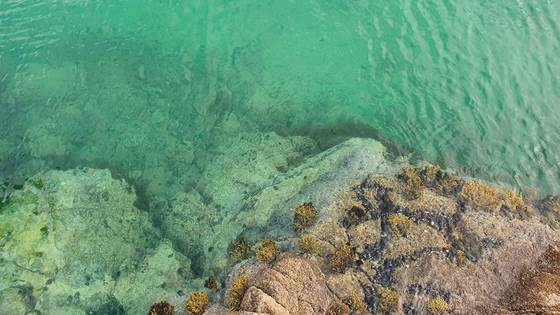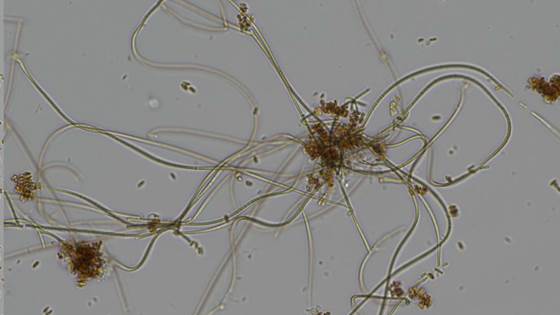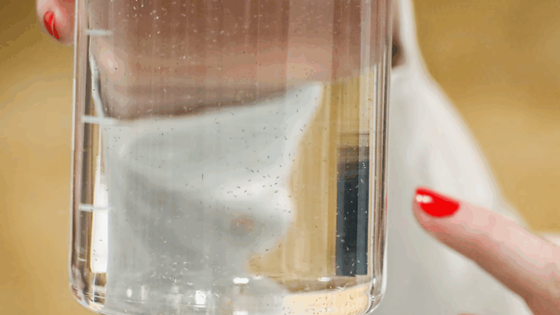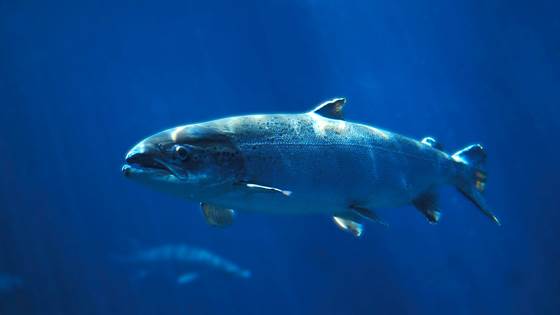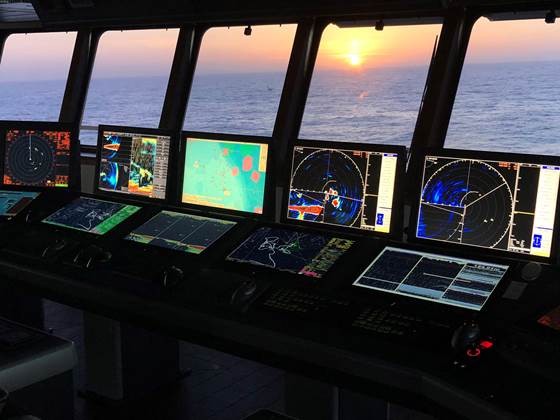By cultivating and harvesting marine species that are lower down the food chain, we can develop more sustainable resources and climate-friendly ways of producing feed and food, while also finding new sources of bioactive substances, materials, chemicals and energy.
We distinguish between harvesting species from natural populations in the sea, such as Calanus finmarchicus, krill and mesopelagic fish, and species produced in facilities on land and at sea, such as macroalgae (seaweed and kelp) amphipods, bristle worms, and copepods.
New biomarine resources play a key role in the development of sustainable feed resources and new seafood, and may also form important parts of integrated production systems in circular bioeconomy, and as nature-based climate measures in the low-carbon society of the future.
We develop decision support for the sustainable harvesting of natural stocks, and biological and technological solutions for industrial cultivation of biomarine resources. We develop energy-efficient processing and storage that safeguards quality. Our models can calculate catch and production potential, carbon capture and environmental and climate effects that result from increased utilisation of biomarine resources in traditional and circular systems on land and at sea.



